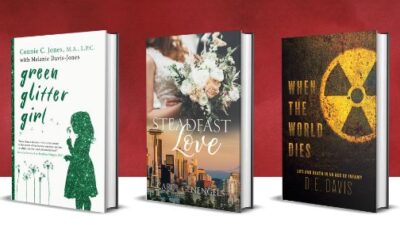When it comes to publishing a book, there are many details that authors often don’t think of until the time comes to make a decision. The size of the book is one such detail. For example, you might think you want a “small” book, but what exactly does that mean? There are a number of book sizes that could be considered “small.” Or what exactly is “workbook size”?
Choosing the right size for your book comes down to several key issues, the biggest of which is your book’s purpose. Is this a work of fiction, a trade book, a design book, a cookbook, or a textbook? Do you have a collection of poems you’re seeking to publish? Certain sizes are better suited to certain types of books.
Another issue to consider is your book’s look and feel. How thick is your book? Do you want a slightly smaller size to beef it up, or are you looking to thin it out? Are you wanting a hardcover or softcover edition? If you’re going hardcover, do you want a cloth cover or laminate? What about a dust jacket?
Choosing a slightly custom size to your book helps it stand out on a shelf and gives it a special edge in the design. So if 5.5″ x 8.5″ is a standard half-sheet size, you might want to consider going 5″ x 8″ for something a little different; or perhaps you want to jump to 6″ x 9″.
The final issue to consider is as important as your book’s purpose: price. You wrote a book. That’s the art side. Now you want to sell your book. That’s the business side. Consider the cost of different options and decide if the bottom line makes sense to you. Is it really worth going hardcover with a dust jacket for your cookbook? Or if you’ve already invested in bright illustrations and special details for a children’s book, do you want to consider a special edition for parents to include in their collection?
Reading about book sizes and imagining their shapes is a daunting task for anyone. Some of these decisions may be made by the printer used to produce the books or the industry standards for your book’s genre. After all, standing out on the shelf for the wrong reason won’t do you any favors.
Standard trim sizes for different genres are as follows:
Trade Fiction: 5.5″ x 8.5″ on cream paper
Trade Nonfiction: 6′ x 9″ on white paper
Children’s Picture Books: 8″ x 10″ (or 10″ x 8″) determined by the illustration needs.
Cookbooks: 8.5″ x 9″ with glossy, full-color paper so that the color photos print well.
